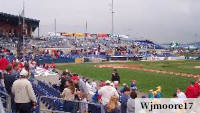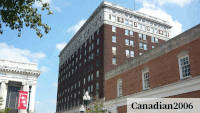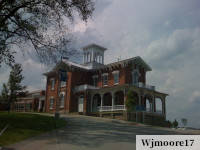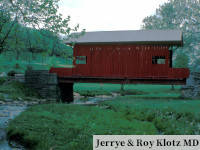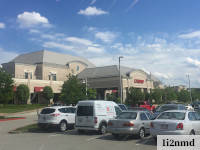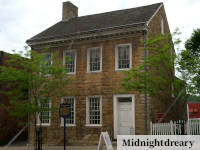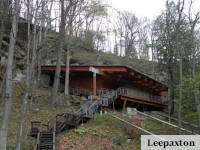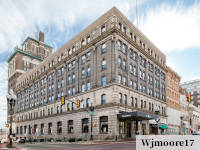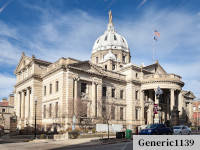Donora Smog Museum

More than twenty people died in Donora, PA in October 1948 from five days of smog that left them unable to breathe. Their deaths fed an environmental movement. The Donora Smog Museum is the place to learn more.
A mix of fog and smoke – or smog – from U.S. Steel’s Donora Zinc Works rolled over Donora on a Wednesday during a temperature inversion in the Mon Valley that year. People watching the annual Donora Halloween parade had a hard time seeing their costumed neighbors through the fog. Visibility made driving dangerous. That sort of thing had happened before. The conditions usually passed.
People started coughing. As the smog continued, people gasped for breath. Doctors and hospitals were overrun. Health care workers ran out of oxygen. Hundreds of people with respiratory or heart conditions left the area. Thousands more – as many as half the people living in Donora – got sick from the smog.
At least 20 people died over the next few days. Funeral homes didn’t have enough caskets on hand. Florists sold out of flowers.
The Donora Zinc Works continued to operate – continued to release hydrogen fluoride and sulfur dioxide into the air – until Sunday morning.
Finally it rained. The fog lifted. The immediate health crisis seemed to have passed. The factory resumed operations.
Dozens more people died from respiratory complications over the next four weeks. In the following decade, high rates of death from cancer and heart disease were seen in Donora. “The smog, in conjunction with long-term pollution overall, had longer term effects than was commonly acknowledged,” researchers reported in the American Journal of Public Health that was cited by the National Institutes Of Health.
Researchers believe thousands more people died as a result of the 1948 smog disaster than the official numbers show.
Industry brought well-paying jobs to the Mon Valley. Keeping the factories operating was crucial to the local economy. Armed locals ran disaster investigators out of town, Smithsonian Magazine wrote.
For years after, people didn’t want to talk about the smog disaster. Not until the 60th anniversary of the incident – 2008 – when the Donora Historical Society opened the Donora Smog Museum in downtown Donora.
Residents of Donora realized well before 1948 that there were issues related to the Zinc Works and pollution
Donora Smog Museum in an email
The Donora Smog Museum has an impressive collection of information about the smog disaster. An hour there on a Saturday afternoon will teach anyone a lot about what happened.
Along with their smog-related exhibits, the museum is filled with local sports memorabilia. Donora is known for its athletes, including players who went on to play pro ball:
- Stan Musial, who played for the semi-pro Donora Zincs and a season on the Donora High School baseball team, before playing outfield and first base for the St. Louis Cardinals. The museum’s Stan The Man exhibit is now open. Uncovering PA rated the museum’s Musial collection “impressive”.
- Ken Griffey, Sr of Cincinnati Reds fame.
- Outfielder and Baseball Hall of Famer Ken Griffey, Jr.
- NFL quarterback Arnold Galiffa.
- “Deacon” Dan Towler, who went from Donora to Washington & Jefferson College. He played fullback for the Los Angeles Rams in the early 1950s.
The museum’s exhibits cover the early growth of Donora, and how the Zinc Works and the American Steel & Wire plant turned it into a boom town. Volunteer docents can relate the story of a World War One veteran who was entombed in liquid metal in an industrial accident. Photos show how pollution from the Zinc Works stripped large stretches of land of any vegetation.
The Donora smog disaster created a national outcry. People realized that pollution kills people. “Smog” became a buzzword that led to demands that the U.S. government curb airborne contaminants. The Clean Air Act of 1963 empowered the federal government to protect people from pollutants.
People can learn more about smog disaster that fed the environmental movement by visiting the Donora Smog Museum. It’s a half-hour east of Washington. Admission is free. A guided tour can take less than an hour. After seeing the museum, there are seven eateries within walking distance.
The museum is almost always open Saturdays from 11:00 AM until 3:00 PM but they recommend calling ahead at 724-823-0364 just to be sure.
The Donora Smog Museum is an all-volunteer effort that brings visitors from all over. “There is more history here than about the 1948 Smog, but people have travelled from all over the world for that particular subject,” the museum wrote.
The Donora Smog Museum is a half-hour from Washington
This article was published in
